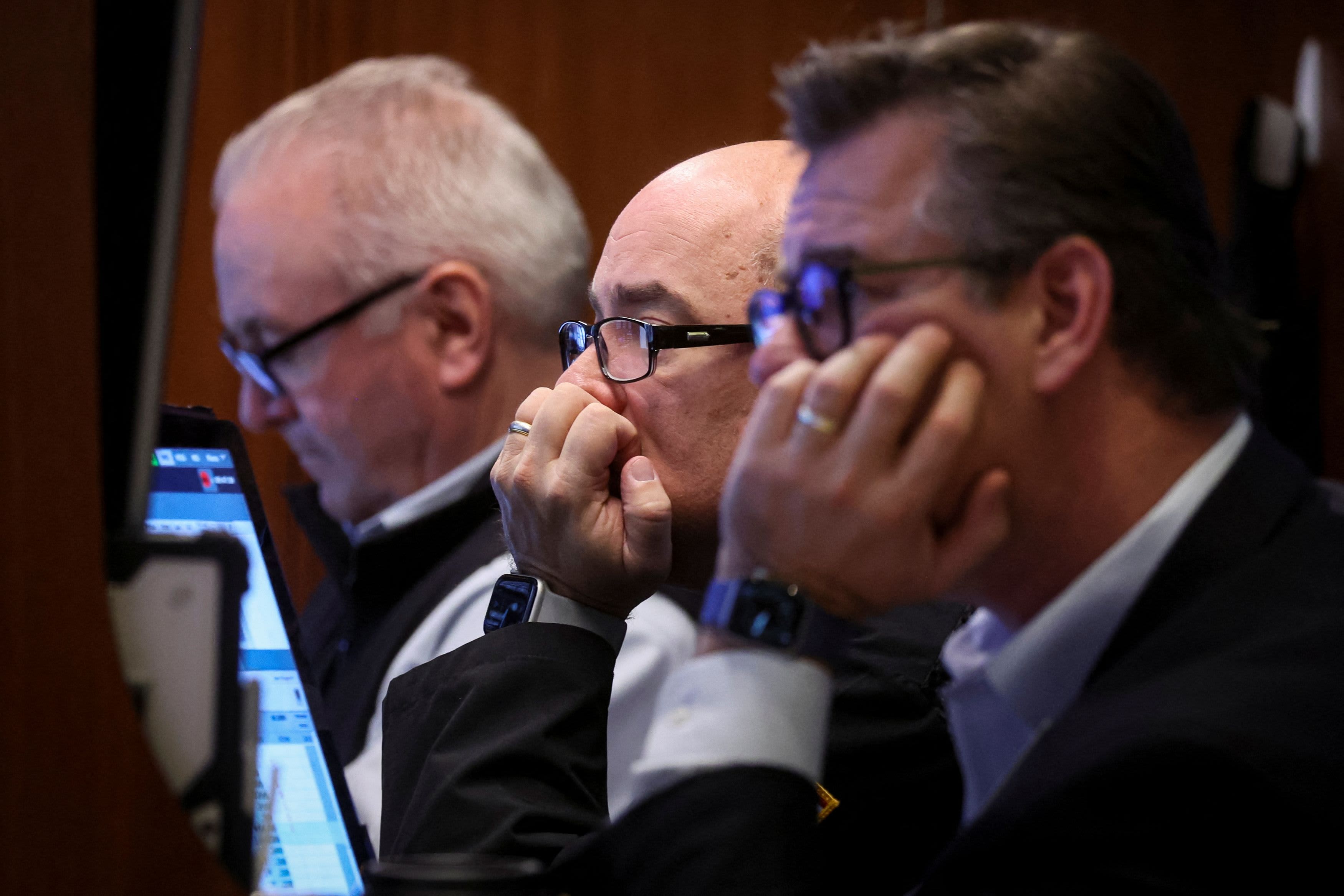These are the most important data to pay attention to regarding the evolution of this asset
Start of the day without changes for the MOEX Russia Index, which opens the day on Monday, December 12 with a variation of 0.23%, up to 2,182.89 points, after the start of the opening session. If we compare the data with previous days, the MOEX Russia Index puts an end to four sessions of streak.
Compared to the last week, the MOEX Russia Index accumulates a decrease of 1.15%, which is why for a year it has still maintained a drop of 47.39%. The MOEX Russia Index stands 43.65% below its maximum this year (3,873.49 points) and 13.87% above its minimum valuation so far this year (1,916.97 points).
Stock indices… What for?
A stock index is an indicator that shows how the value of a certain set of assets changes, so it takes data from different companies or sectors of a part of the market.
These indicators are used mainly by the stock markets of different countries and each one of them can be integrated by firms with specific characteristics, such as having a similar market capitalization or belonging to the same type of activity. Also, there are some indices that only they consider a handful of shares to determine their value or others that consider hundreds of shares.
Stock indices serve as an indicator of confidence in the stock market, business confidence, the health of the national and global economy, and the return on investment in a company’s stocks and shares. If investors are not confident, stock prices tend to fall.
Likewise, they work to measure the performance of an asset manager and allow investors to make a comparison between profitability and risk; measure the opportunities of a financial asset or create portfolios.
These types of indicators began to be used at the end of the 19th century after the journalist Charles H. Dow. To carefully analyze how the shares of companies tended to rise or fall together in price, he created two indices: one that contained the 20 largest railway companies (as it was the most important industry at the time), as well as 12 shares of other types of businesses
Today there are various indices and they can be grouped based on their location, sectors, company size or asset type, for example, the US Nasdaq index is made up of the 100 largest companies mostly related to technology such as Apple (AAPL), Microsoft (MSFT), Amazon (AMZN), Facebook (FB), Alphabet (GOOG), Tesla (TSLA), Nvidia (NVDA), PayPal (PYPL), Comcast (CMCSA), Adobe (ADBE).
How is a stock index measured?
Each stock index has its own way of being measured, but the main component is the market capitalization of each firm that integrates it. This is obtained by multiplying the value of the day of the bond in the corresponding stock market by the total number of shares that are in the hands of investors.
Companies that appear on the stock market are required to present a balance sheet of their composition. Said report must be published every three or six months, as appropriate.
Reading a stock index also involves examining its variations over time. New indices always open at a fixed value based on the stock prices on their start date, but not all follow this method. Therefore, it can lead to inaccuracies.
If one index boosts by 500 points in one day, while another only adds 20, it might appear that the former outperformed. However, if the former started the day at 30,000 points and the other at 300, it can be deduced that, in percentage terms, the gains for the latter were more important.
These are the main stock indices
Among the main stock market indices in the American Union is the Dow Jones Industrial Average, better known as Dow Jones, made up of 30 companies. Likewise, the S&P 500, which includes 500 of the largest companies on the New York Stock Exchange. Finally, comes the Nasdaq 100, which associates 100 of the largest non-financial firms.
On the other hand, the most important indices in Europe are the Eurostoxx 50, which covers the 50 most important companies in the euro area. In addition, the DAX 30, the main German index that contains the strongest companies on the Frankfurt Stock Exchange; the FTSE 100 of the London Stock Exchange; the CAC 40 of the Paris Stock Exchange; and the IBEX 35, of the Spanish stock market.

